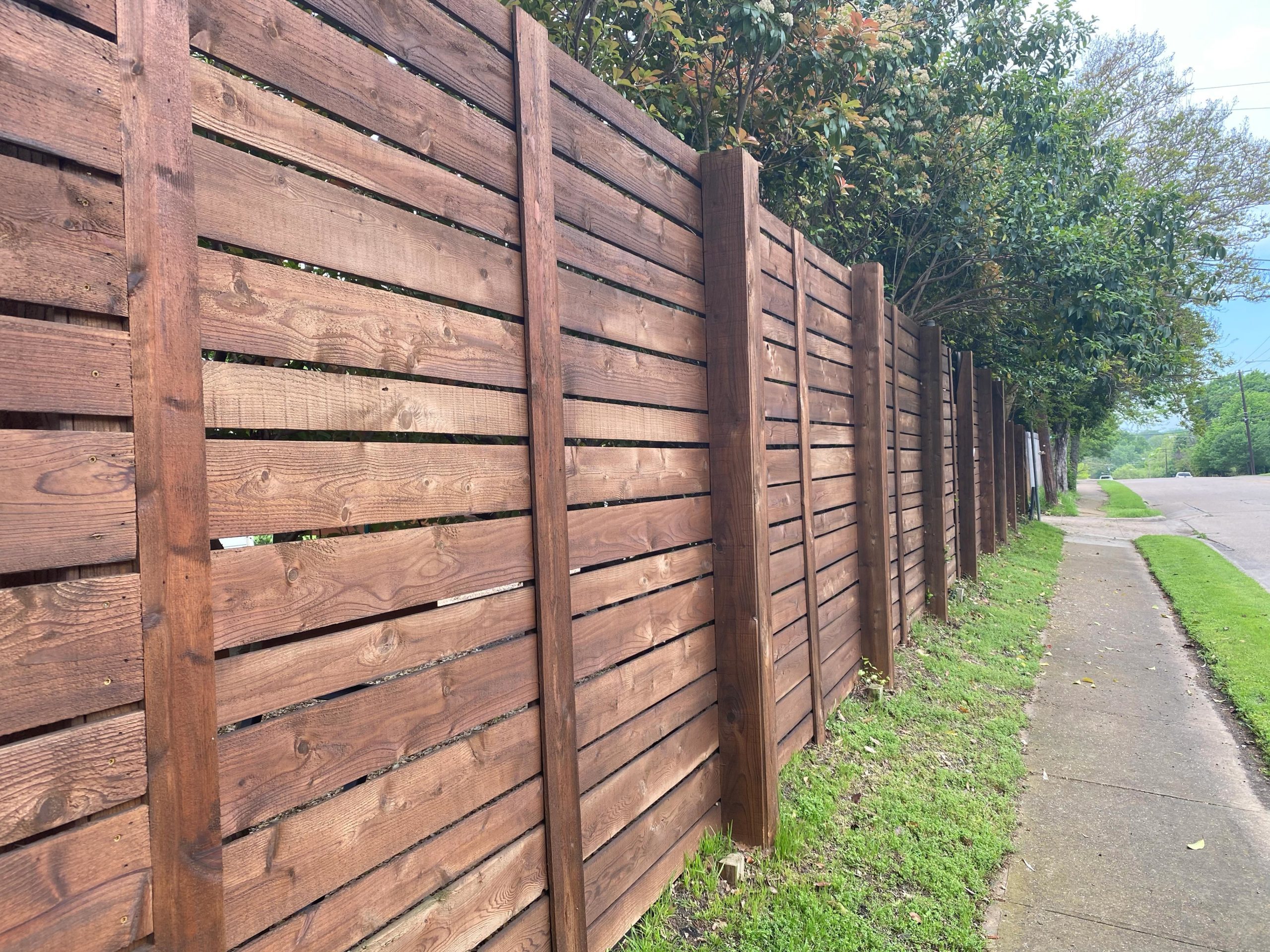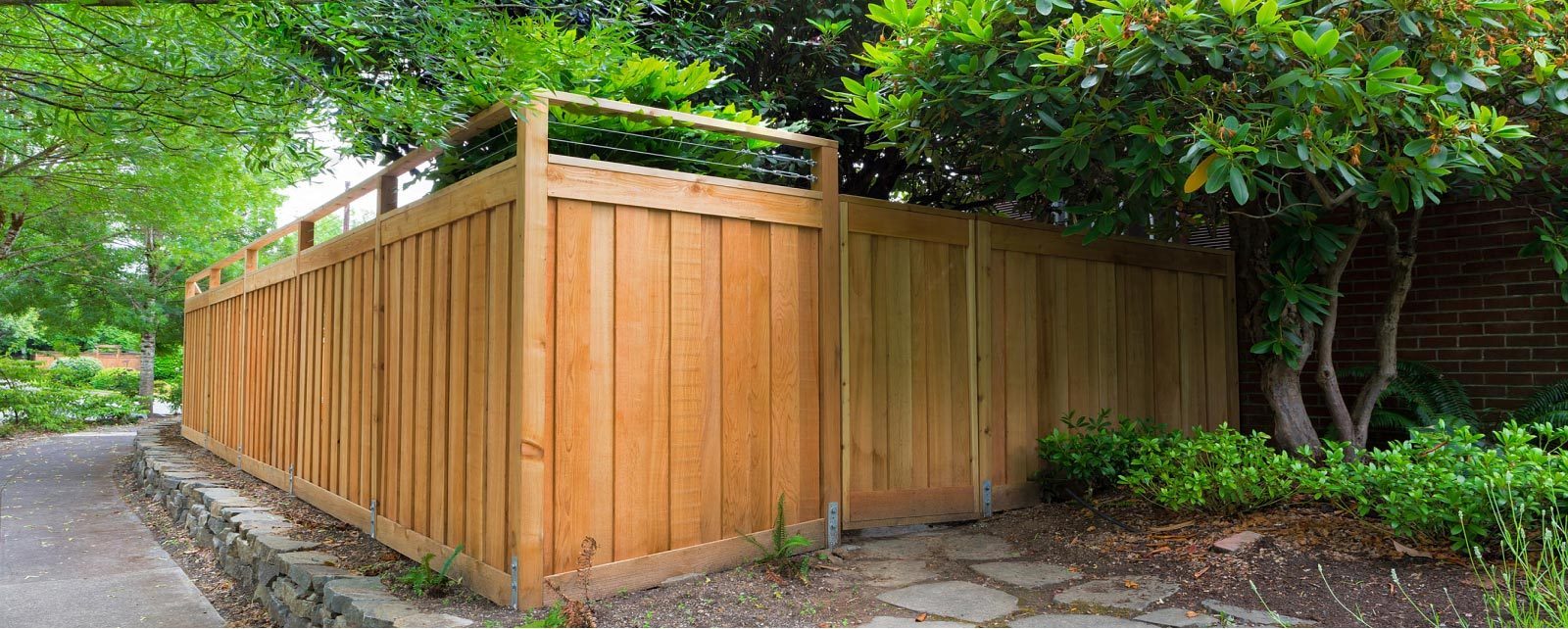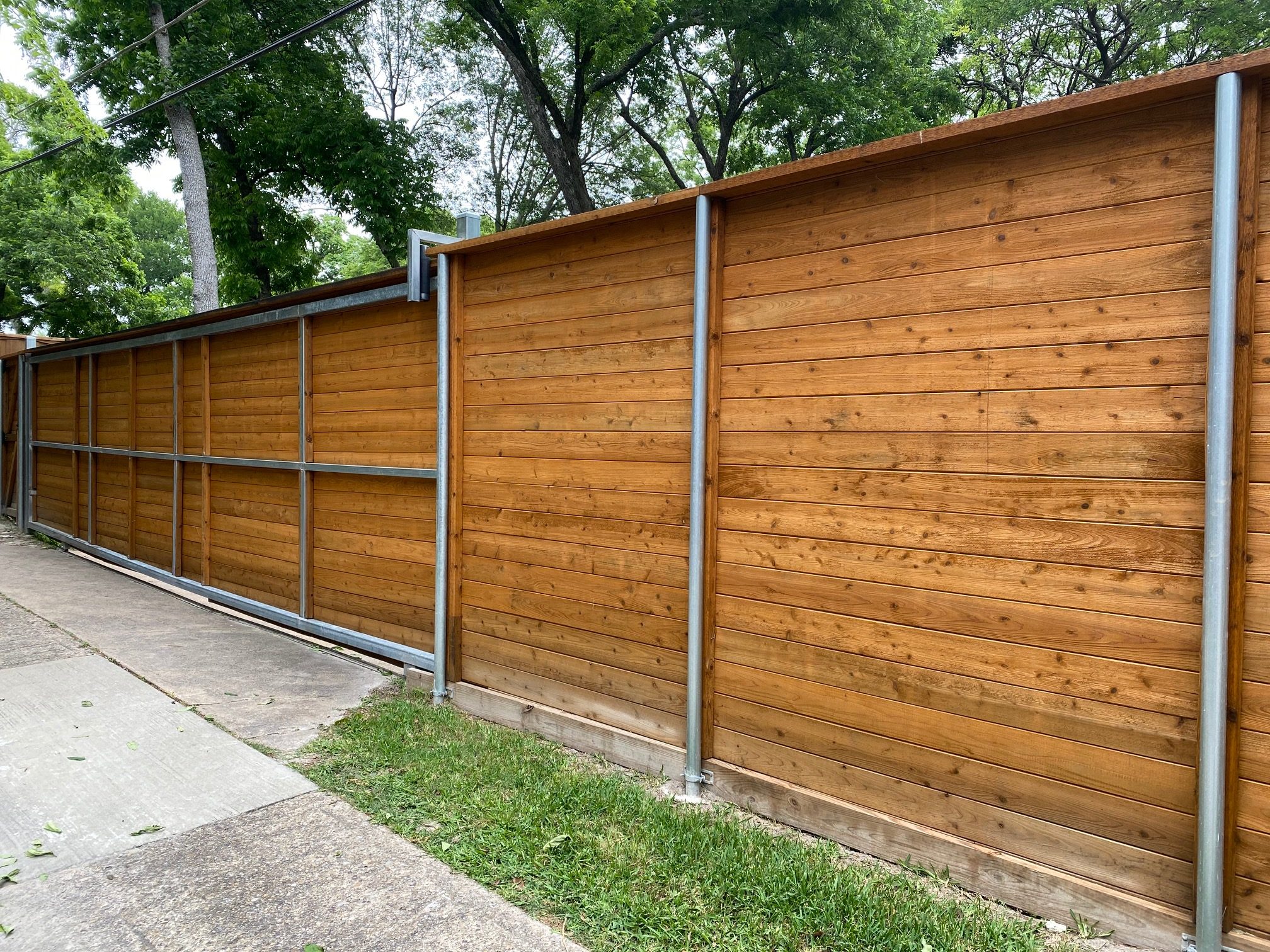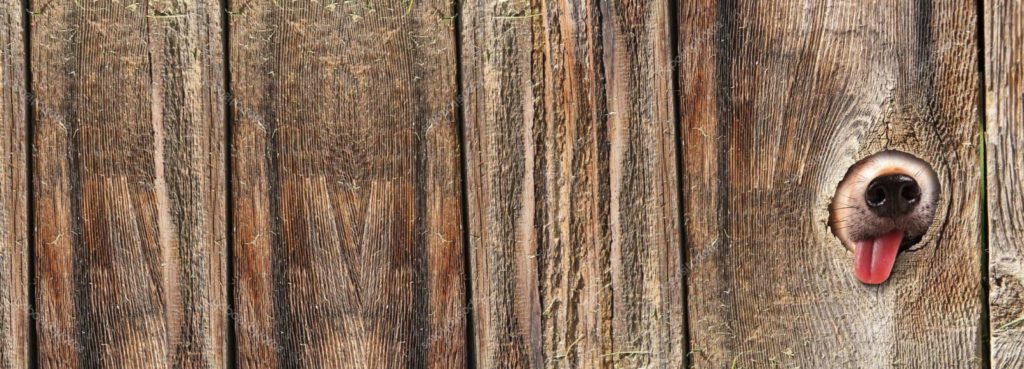Choosing the Best Fence Material for Texas Weather
When you’re building or replacing a fence in Texas, one of the biggest decisions you’ll make is the material. While design and height matter, what your fence is made of determines how long it lasts, how much upkeep it needs, and how well it stands up to the elements. And in Texas, the elements can be brutal.
Fences aren’t just for privacy or looks. They’re also a real security upgrade. Many burglars admit they’re less likely to target a home that has a sturdy fence.
But safety isn’t the only benefit. Real estate pros say a good-looking, high-quality fence can boost your home’s resale value. A well-built privacy fence made of wood can even add up to 50% of its cost to your home’s market price.
Why Fence Material Matters in Texas
To get the most value out of a new fence, you need materials that can handle your local climate. Texas weather is intense. It can destroy the wrong type of wood quickly.
There are lots of wood options out there, but not all are built to last in extreme conditions. So the key question is: what kind of wood actually holds up in Texas?
A Quick Look at Texas Weather
Texas is now the hottest state in the country. In cities like Houston, summer temperatures regularly top 100°F. But Texas isn’t just hot — it’s huge, with different regions experiencing very different climate conditions.
Here are the three main climate types:
- Continental Steppe: Common in places like Lubbock and Amarillo. Dry, low humidity, and big daily temperature swings.
- Mountain Climate: Found in parts of Trans-Pecos like the Guadalupe and Davis Mountains. Cooler and dryer, with thinner air.
- Modified Marine (Subtropical): The most widespread climate in Texas, with four subtypes — humid, subhumid, semi-arid, and arid.
Each of these climates affects wood differently. That’s why choosing the right material based on where you live is so important.

What to Look for in Fence Wood
If you’re building a wood fence in Texas, here are three qualities to look for:
1. Dried and Seasoned
Fresh wood, called “greenwood,” holds a lot of moisture. That moisture causes the wood to shrink, crack, or twist when exposed to heat. Seasoned wood has already been dried and stabilized, making it a much better choice for the Texas sun.
2. Naturally Resistant to Decay
Texas has over 10,000 fungi species, and many of them can cause wood to rot. Wood with naturally resistant heartwood (the dense inner part of the tree) will last longer, especially in humid areas.
3. Low Heat Conductivity
Some woods soak up and hold heat more than others. The lower the heat conductivity, the less the wood expands and contracts, which helps reduce warping. Western Red Cedar, for example, does this really well.
Best Wood Fence Materials for Texas Homes
Here are four wood types that meet all the key criteria:
Western Red Cedar
This is a favorite in Texas for a reason. It resists rot, insects, and weather damage. Its tight grain and low knot count also make it less likely to twist or warp. Cedar is lightweight, looks great, and holds up over time.
- Price: $6 to $8 per 6-foot picket
- Pros: Durable, termite-resistant, low maintenance
- Cons: Higher upfront cost
Redwood
Redwood heartwood is another great option. It’s naturally rot- and insect-resistant and has a fine, straight grain. Make sure you’re getting heartwood, though — redwood sapwood doesn’t offer the same benefits.
- Price: About $8 per picket
- Pros: Long-lasting and visually striking
- Cons: Premium price point
Teak
Teak is tough. It has natural oils that protect it from decay, pests, and moisture. It’s also strong and stable, which makes it perfect for outdoor use.
- Price: Can run up to $1,500 per cubic meter for high-grade logs
- Pros: Very durable and weather-resistant
- Cons: Expensive and sometimes hard to find
Cypress
Cypress contains a natural oil (called cypressene) that helps resist rot and insects. It’s more budget-friendly than cedar or redwood but requires sealing to protect its color and finish.
- Price: Around $2 per 6-foot picket, more for premium grades
- Pros: Affordable and naturally resilient
- Cons: Needs treatment to prevent discoloration

Choosing the Right Wood for Your Region
Texas weather isn’t kind to fences. Between high heat, humidity, and drastic shifts in conditions, the wrong materials can wear out fast. Choosing a fence wood that’s properly dried, naturally resistant to decay, and able to handle heat makes all the difference.
Western Red Cedar and Redwood lead the pack for durability and performance. Teak is a luxury option that performs exceptionally well, while Cypress offers solid value if you’re okay with occasional upkeep.
No matter what you choose, the goal is the same: a strong, attractive fence that will last for years.
Popular Fence Styles That Work in Texas
The right material pairs well with these fence styles:
- Board-on-board: Great for privacy and airflow.
- Shadowbox: Offers style on both sides.
- Horizontal slat: Modern and clean, ideal for cedar.
- Post and rail: Perfect for rural properties or large yards.

Signs It’s Time to Replace Your Fence
Wondering if it’s worth repairing? Here are clear signs it might be time for a full replacement:
- Large sections are leaning or collapsing
- Boards that are warped, split, or rotting
- Insect damage or termite tunnels
- Constant need for repairs
Get Expert Help With Your Fence Project
Not sure which wood is best for your climate zone or budget? We’re here to help. Our team can guide you through the material selection process and provide a no-obligation quote.
Contact us today to get expert advice and start planning a fence that’s built to handle Texas weather — and look great doing it.

BUILD YOUR FENCE TODAY!
If you’re looking to beautify and enhance the security of your property, turn to Alamo Decks & Fence in Bexar County. We truly value our customers, which is why you can trust us to build your fence using the highest quality materials at the best prices possible.
